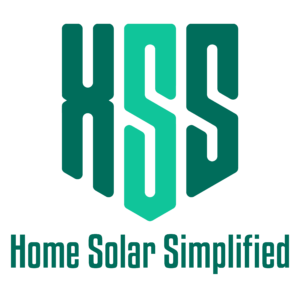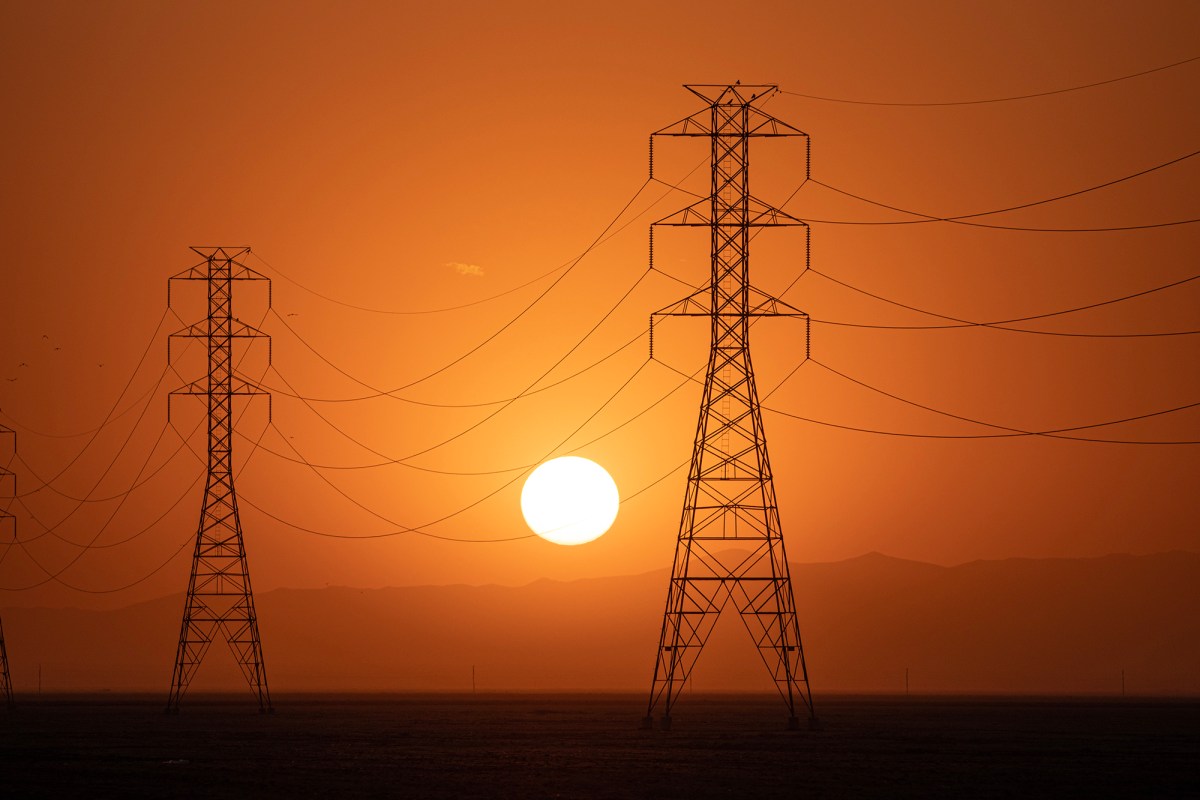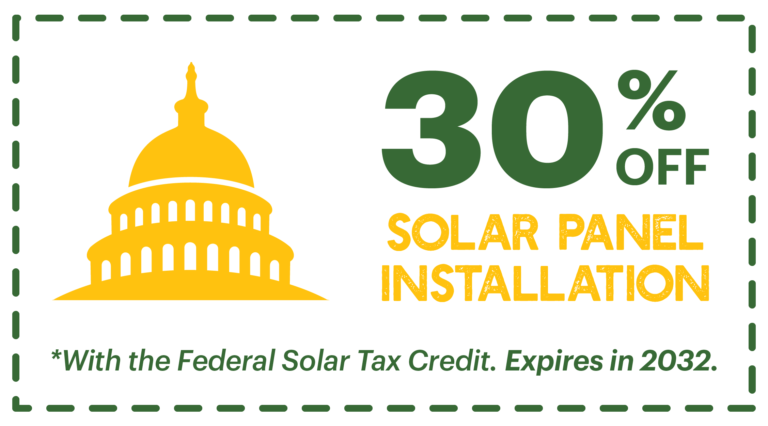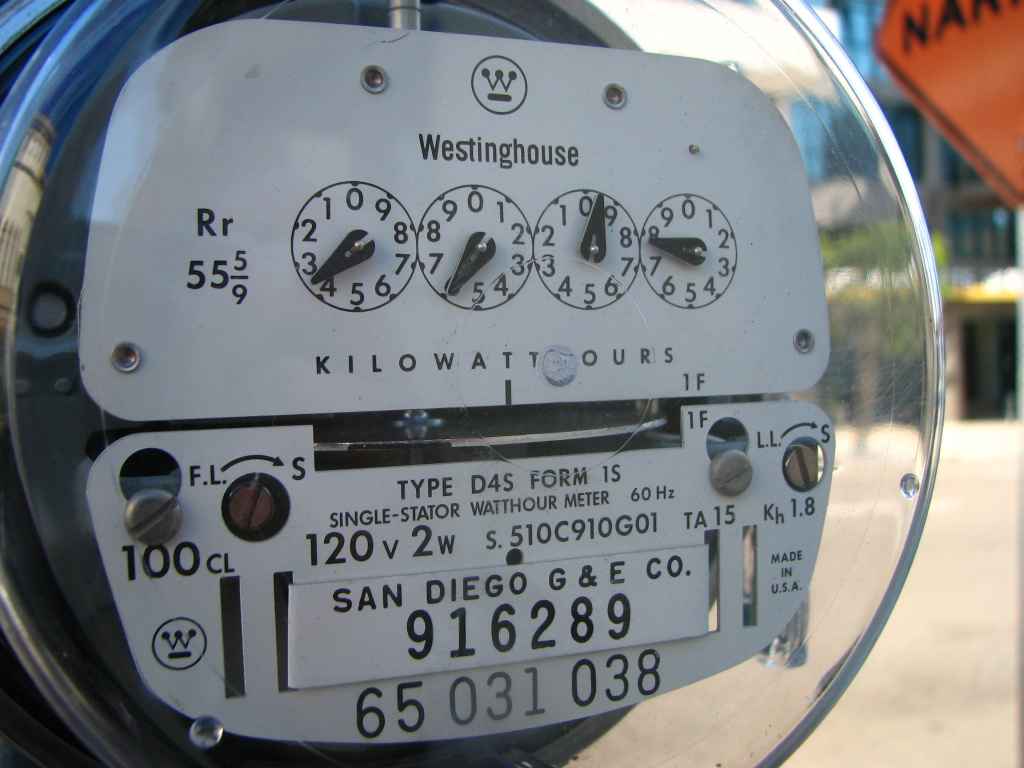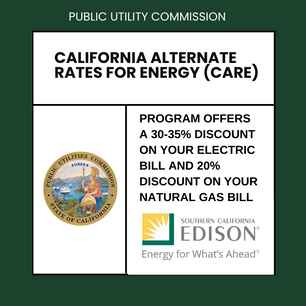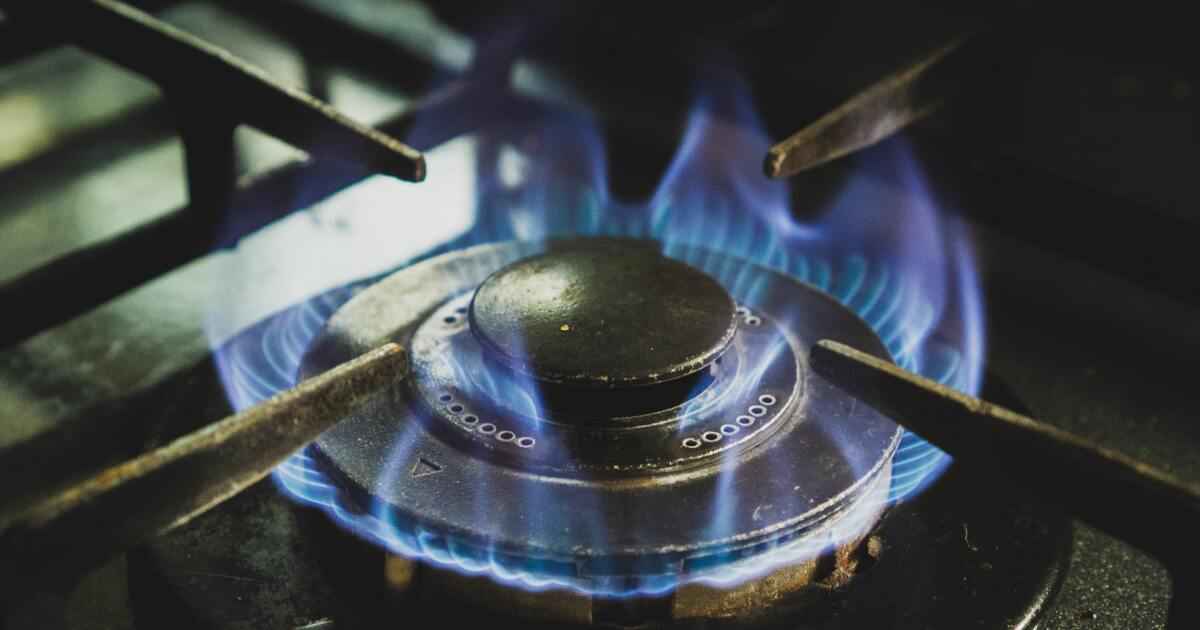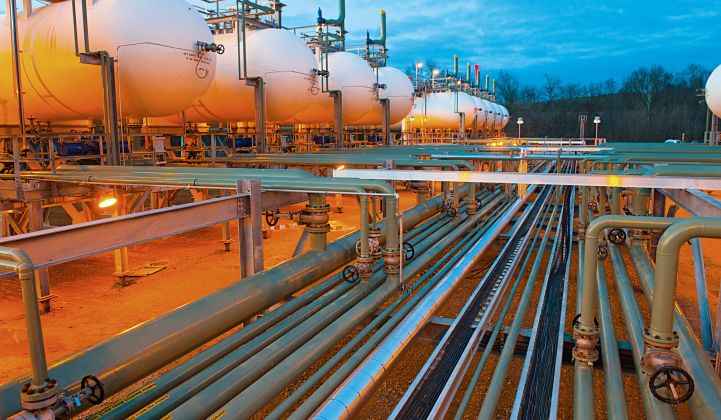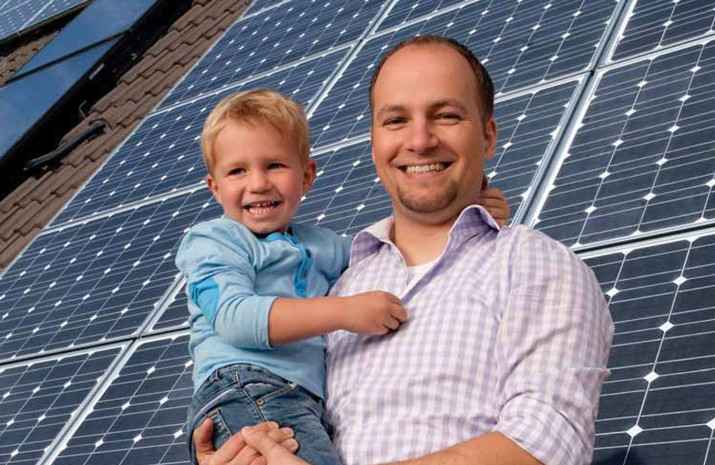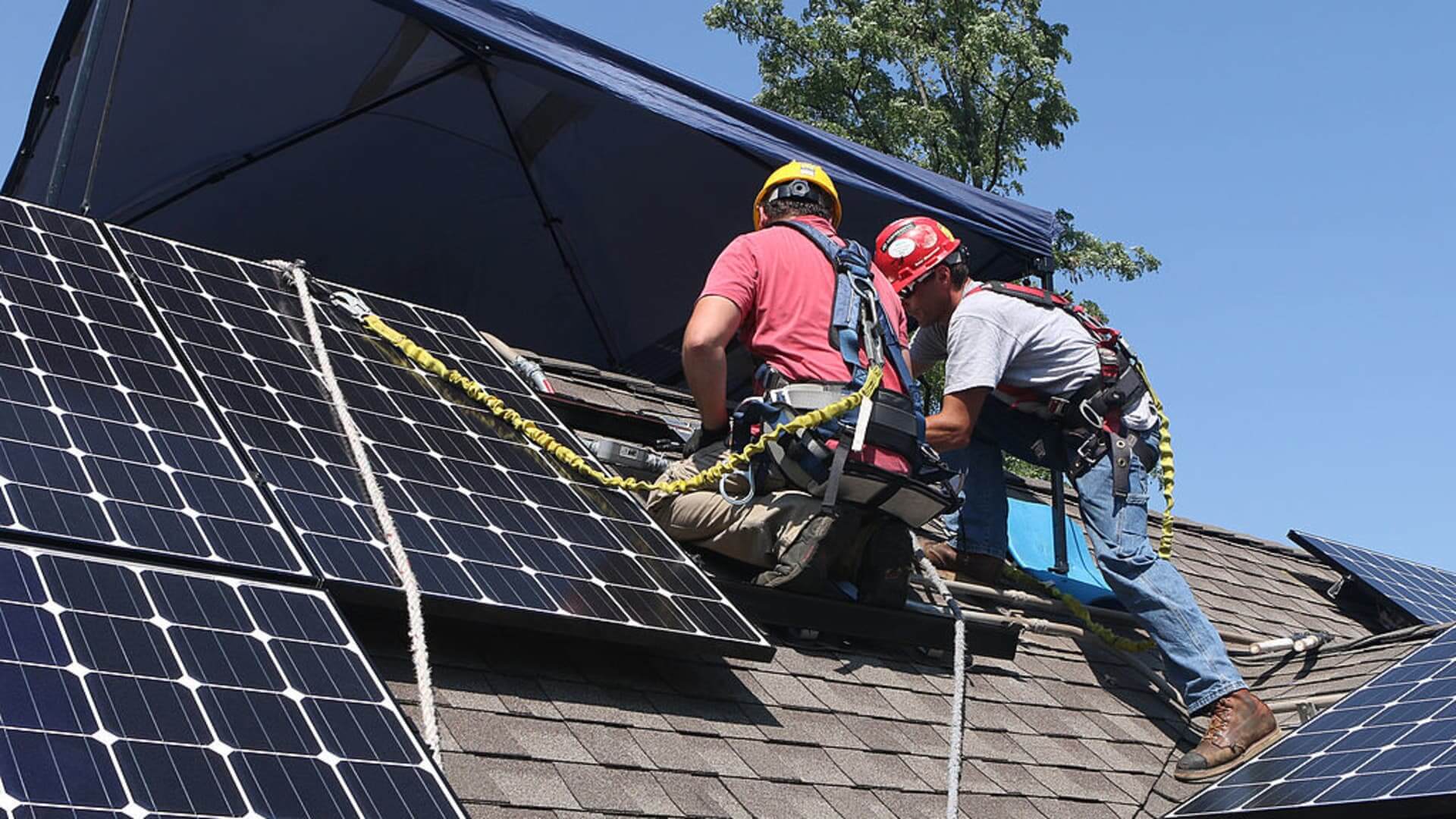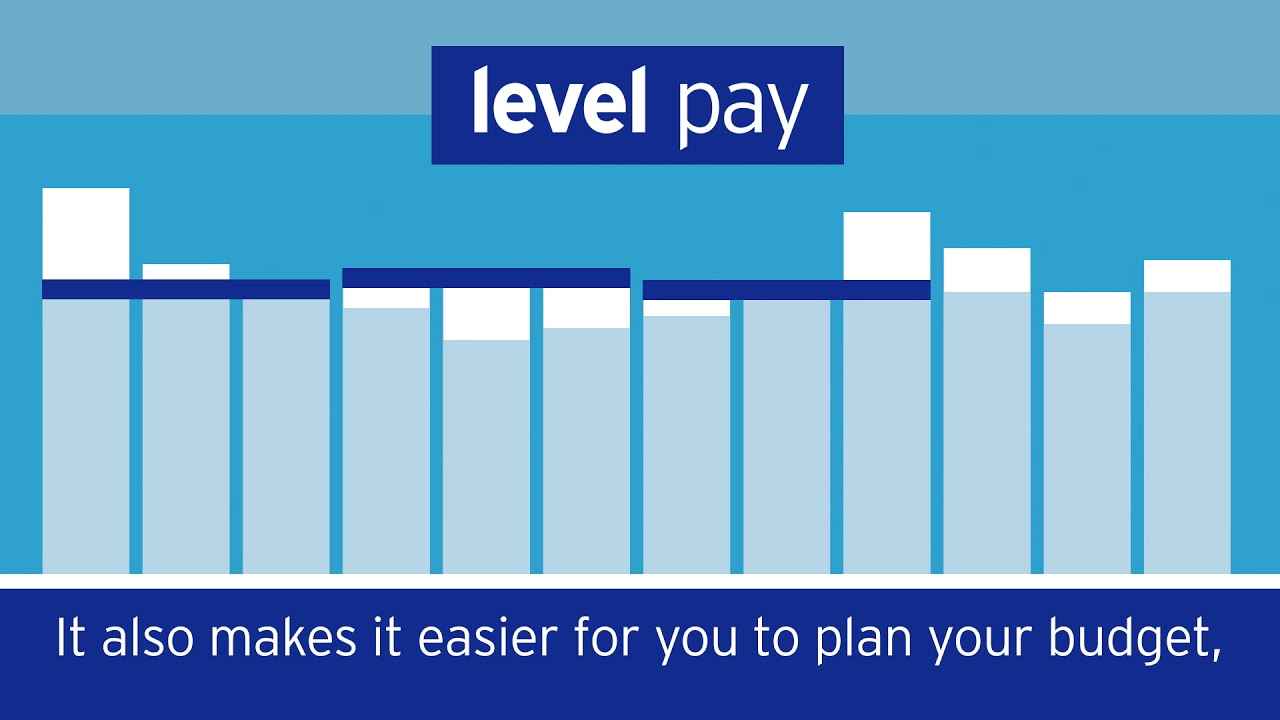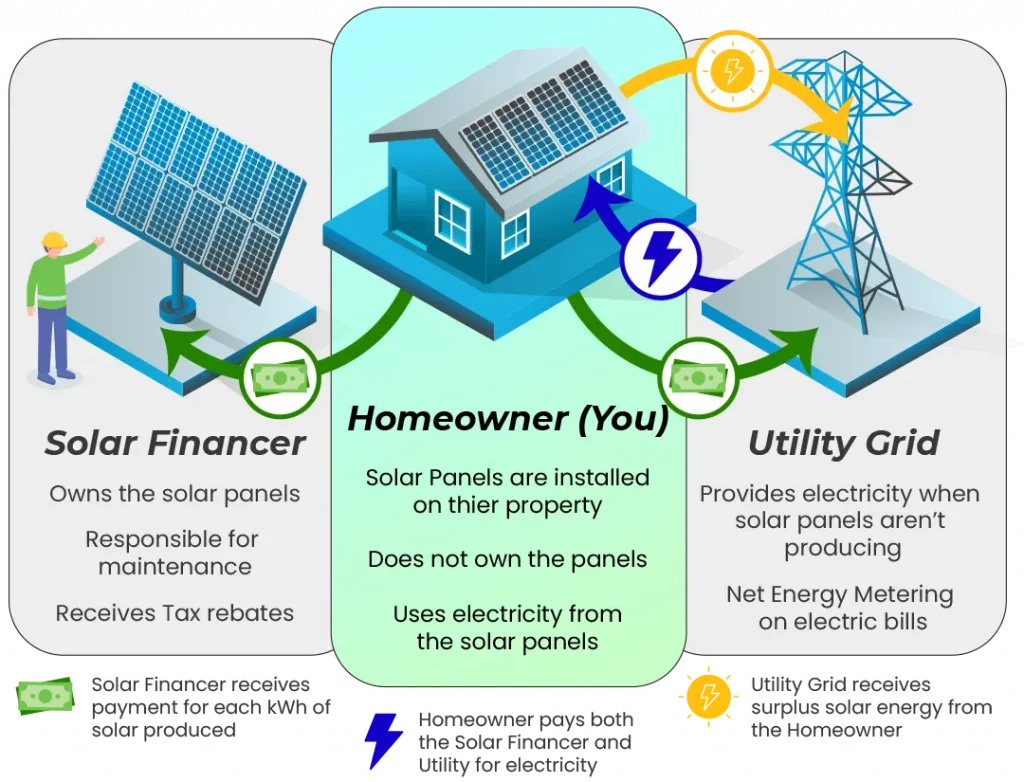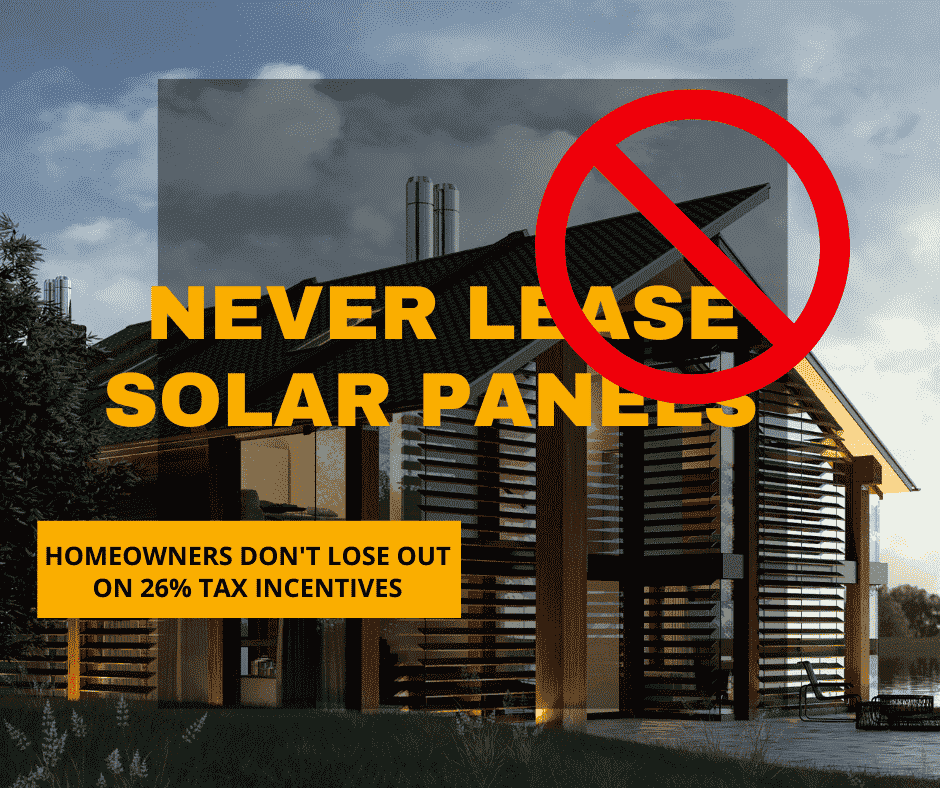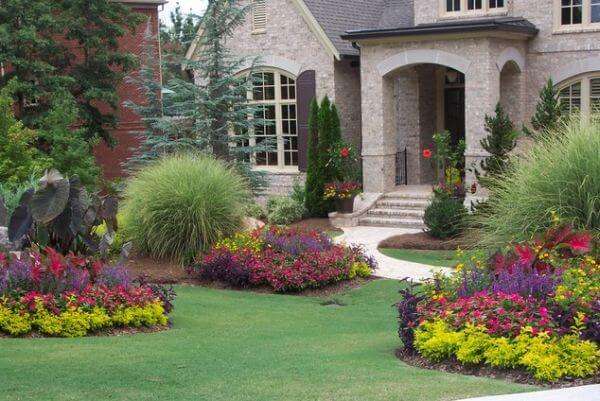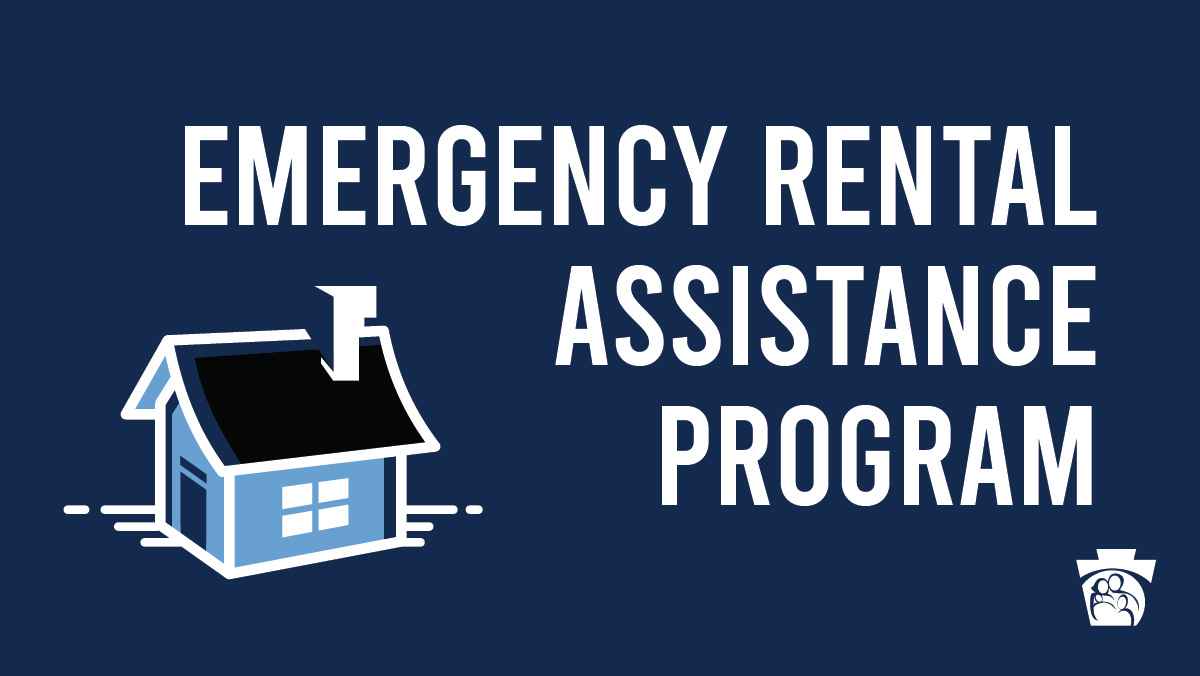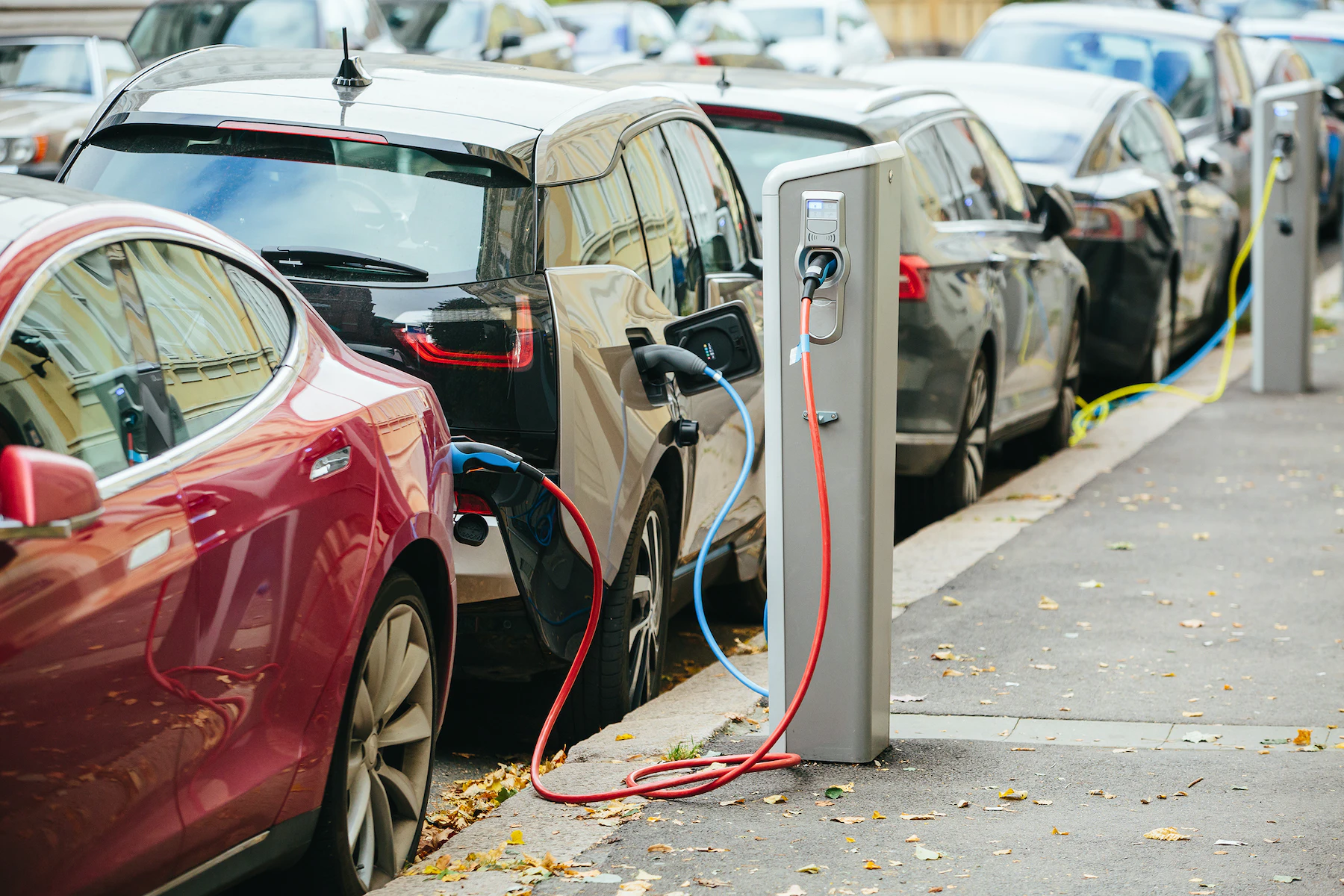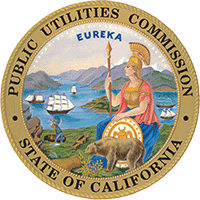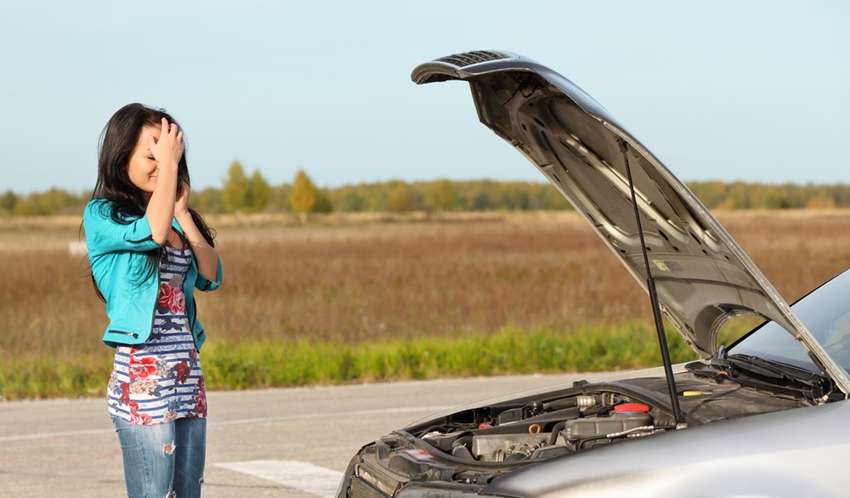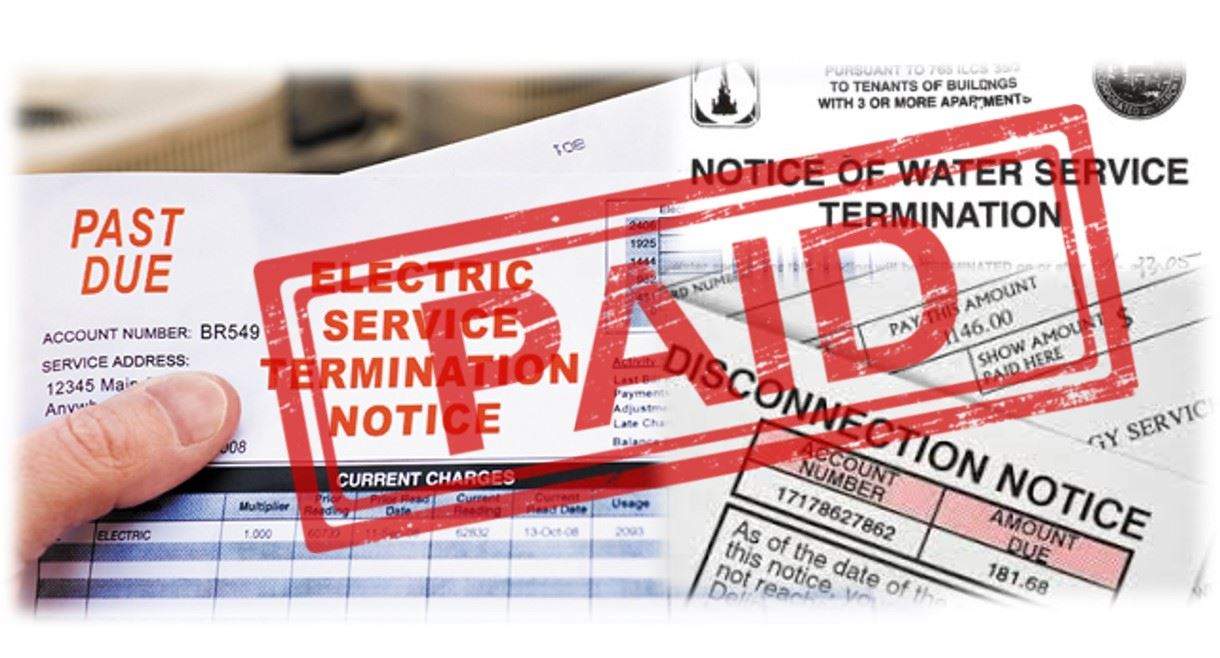
- September 24, 2022
- admin
- 0
In 2019, millennials (ages 21-38) made up the largest share of new home buyers, at 37 percent – notably, energy-efficiency tops the list of must-haves for their new home. Economic and ecological-minded young adults demand energy-efficient homes that save money by reducing energy use. Energy-efficient homes also protect the environment by reducing greenhouse gases – a leading cause of global warming. Millennials further appreciate that energy-efficient homes provide a high level of comfort and safety to their families and will increase the resale value of the house.
How Builders Can Survive Today’s Competitive Building Market
In today’s competitive building market, new home contractors must incorporate innovative materials – like Fox Blocks insulated concrete forms (ICFs) – and methods – like the whole-building system approach – to build energy-efficient homes for today’s new home buyers.
- Fox Blocks wall assembly has an insulative value that exceeds codes and contributes towards a high-performing, energy-efficient home. Fox Blocks provide high-thermal mass and an R-value of 23 – which exceeds the ASHRAE/ANSI 90.1 energy code.
- The whole-building system approach treats a house as a single energy system in which every component affects the overall performance of the whole house. The whole-building system approach makes efficient use of electricity, water, and other natural resources and aims to reduce materials and waste. It also requires an informed building team that understands every aspect of energy use in the house. The whole-building system approach to constructing a home produces comfortable and safe homes with low utility and maintenance costs, excellent durability, and high indoor environmental quality.
23 Must-Haves When Building an Energy-Efficient Home
The most energy efficient home designs require new home builders and owners to pay attention to all of the little (and big) details of house construction – from the roof, down to the foundation, and all the components in between. Energy-efficient homes must have smart internal, structural, and external features that save both energy and money.
1. More Insulation than Required by Code

The minimum amount of insulation or R-value that a house needs depends on its location, type of heating and cooling system, the parts of the house that the homeowner needs to insulate, and the state and local building codes. For example, according to the 2018 IECC, the R-values for wood-frame walls for all eight climate zones in the United States range from 13 to 20. The R-values for mass walls range from 3 to 21.
However, many of today’s new home buyers (63 percent) want an energy-efficient house that exceeds the required insulation or R-values codes. New home builders can accomplish this by utilizing the Fox Blocks ICF wall system. Fox Blocks have an R-value of 23 – exceeding the R-value requirements for both wood-frame and mass walls in all climate zones.
2. Energy Star® Certification for the Whole Home
In 2019, a sought-after feature that millennials wanted was Energy Star® Certified whole homes – second only to Energy Star®-Certified Appliances. The design and build of an Energy Star certified house achieve at least 10 percent more energy-efficiency than houses built just to code.
3. Thermal Mass Materials of an Energy-Efficient Home
Architects and builders of energy-efficient houses should include high thermal mass materials in the home’s design, particularly in the walls and foundations. High thermal mass materials, like Fox Blocks ICFs, absorb and store heat energy – a feature that stabilizes temperature shifts within a house by slowing the rate of heat transfer directly influencing the operating frequency of the HVAC system.
4. Continuous Insulation of an Energy-Efficient Home
An energy efficient house design needs to include continuous insulation, as mandated by the ASHRAE 90.1 and the International Energy Conservation Code (2018 IECC) for a home’s design. The ASHRAE Standard 90.1−2013 defines CI as “insulation that is continuous across all structural components without thermal bridges other than fasteners and service openings”. A thermal bridge in a wall assembly allows energy and heat to flow through it at a faster rate than the surrounding spaces and lessens the effective R‑value of the wall system.
Ultimately, CI stops air leakage in a home, which saves homeowners money and energy by reducing mechanism ventilation, heating, and cooling costs.
For new energy-efficient house projects, builders can ensure an energy-efficient home by simply utilizIng the Fox Blocks ICF wall system, with continuously insulated, thermal mass concrete walls, providing an R-value of 23.
5. Air and Moisture Barrier of an Energy-Efficient Home
An air and moisture barrier provides a vital feature of an energy-efficient home.
The barrier prevents moisture (both in the air and from rain, leaks, etc.) from infiltrating and accumulating in the wall system. Keeping moisture out of the wall system can stop the growth of mold, which can significantly degrade the indoor environmental quality (IEQ) and integrity of a home.
6. Energy Star®-Certified Appliances – Dishwashers, Stoves, Refrigerators…

According to a 2019 NAHB report – What Home Buyers Really Want – millennials want Energy Star®-Rated appliances more than any other green or energy-efficient home features. In fact, 44 percent consider Energy Star®-Rated appliances desirable, and 31 percent consider it a must-have when building an energy-efficient home. ENERGY STAR-certified appliances save money on operating costs by lessening energy use without reducing performance.
7. Water Heating of an Energy-Efficient Home
Water heating contributes to 15 percent of a home’s energy costs – one of the largest energy expenses in a home. Fortunately, energy-efficient builders and homeowners can select from several high-efficiency water heaters that can save energy and money: high-efficiency heat pump water heater, high-efficiency water heater, tankless water heater, and high-efficiency solar water heater.
8. Smart Home Devices for an Energy-Efficient Home
Incorporating smart home products in the design of an energy-efficient home can conveniently help homeowners save money and energy and make a home safer. Several common smart home products for an energy-efficient home include motion sensors, programmable thermostats, and CO2 and other air-quality alarms.
9. Lighting for an Energy-Efficient House
Lighting represents five percent of a home’s annual electricity costs; therefore, an energy-efficient home must include efficient lighting. Controls such as timers, dimmers, and photocells can save energy and money. Energy-efficient lighting includes light-emitting diodes (LEDs), compact fluorescent lamps (CFLs), and halogen incandescent. Notably, 70 percent of millennials want homes with energy-efficient lighting.
10. Energy-Efficient Home Electronics
Homeowners today own an average of 24 consumer electronic products – these products utilize 12 percent of a home’s energy use. In 2015, 24 percent of the employed population worked at home, which required home office equipment. A must-have for an energy-efficient home includes ENERGY STAR®-certified office equipment and electronics.
11. The Cooling and Heating System of an Energy-Efficient House

A home’s heating and cooling system accounts for 48 percent of a home’s energy use. A must-have for an energy-efficient home includes high-efficiency heating and cooling systems that save money and use less energy. HVAC professionals must install the systems in accordance with ENERGY STAR certified homes. Incorrect installation of an HVAC can reduce the efficiency of a system by 30 percent. Two efficient systems available today include variable speed HVAC systems and VRF systems. The performance of ICF mass wall homes allow for a reduction in the size of HVAC systems, offering an initial cost savings on the operating equipment.
12. Ventilation of an Energy-Efficient Home
Energy-efficient, airtight houses must control ventilation with an energy recovery ventilation system. Controlling ventilation in a home ensures pollutants (like radon, formaldehyde, and volatile organic compounds) do not become trapped inside the home. An energy recovery ventilation system controls ventilation and lessens energy loss by transferring energy from conditioned air going out to fresh incoming air. High-performance homes are very air-tight and require EVRs to circulate and condition fresh air and remove moisture ladened air created from bathing and cooking.
13. Cool Roofs of an Energy Efficient Home
A cool roof, for an energy-efficient house, protects against solar heat gains and keeps the house and attic space cool. Good products for a cool roof should have low thermal mass that reflects the sunlight, like tile, slate, or clay. Green roofs also offer a wonderful option for homes with flat rooftops and limited green space. Green roofs include anything from a working garden to a simple plant cover. Cool roofs lessen energy bills, improve indoor comfort, reduce energy bills, and extend the roof’s service life.
14. Insulated Foundation for an Energy-Efficient House
Contractors of energy-efficient homes should separate the house from the ground with a concrete slab foundation and a continuous layer of rigid foam insulation under the slab. The high thermal mass of concrete holds radiant energy and keeps the inside of the home warm and dry. Foundation basement walls, and crawlspace walls need to be well insulated and should take advantage of ICFs.
15. Glazing Systems of an Energy-Efficient Home
Energy-efficient windows, doors, and skylights furnish warmth, light ventilation, along with energy and financial savings to an energy-efficient home. Energy-efficient homes must include glazing systems appropriate to the house’s climate zone.
16. House Site Orientation of an Energy-Efficient House
Proper site orientation (passive solar design) of a house aims to take advantage of the Sun’s energy. For example, in the Northern Hemisphere builders should position homes north-south to minimize direct sunlight during the summer (which reduces cooling demands) while maximizing sunlight during the winter (which lowers heating demands).
17. Room orientation for an energy-efficient home
- The living, family, and dining rooms should face south to take advantage of the good sun throughout most of the day.
- Kitchens and bedrooms should face east for good sun during the morning and less sun in the late afternoon.
- Service areas such as garages, laundries, and bathrooms should face north, which has low levels of sun.
18. Net-Zero Homes By Installing Renewable Energy Sources
Nearly 60 percent of millennial homebuyers want net-zero houses. Net-Zero homes create as much energy as they use by installing renewable energy sources such as solar photovoltaic (PV) panels, a wind system, a small “hybrid” electric system, or micro hydropower. Renewable energy sources can lessen, if not eliminate, a home’s utility bills.
19. Home Components Made of Recycled Materials
Today’s contractors can also improve the energy efficiency of a home by selecting sustainable building materials, like Fox Blocks ICFs. They contribute to the sustainability of a home because they contain a minimum of 40 percent recycled content by weight.
20. Energy-Efficient Homes Utilize Sustainable Products, like TRUEGRID Permeable Pavers

Sustainable and long-lasting building materials save energy over time because they require less maintenance and less frequent replacement.
For the driveways and walkways of a home, TRUEGRID is a sustainable and eco-friendly paving system that provides a less expensive, durable, and maintenance-free stormwater permeable paving system over asphalt paving.
21. Landscaping for an Energy-Efficient Home
A properly designed landscape, where trees and shrubs provide shade and windbreaks, can make a home significantly more energy-efficient and lessen air pollution, including greenhouse gases. In fact, a well-planned home’s landscape can cut air conditioning bills over unshaded yards by as much as 15 to 50 percent.
22. Energy-Efficient Homes Design Landscaping for Water Conservation
Reducing water use for a house saves on not just water, but energy. Tips for lessening a home’s water use include collecting rainwater for irrigation, water lawns and gardens in the cool mornings, utilize mulch (which reduces evaporation), and aerate the soil (which improves water flow to plants’ roots and lessens water runoff).
23. Certifications and Standards of Energy-Efficient Homes
Builders and architects of energy-efficient homes should aim to meet the Leadership in Energy and Environmental Design (LEED) standards, the Energy Star requirements for sustainability, and energy evaluations for RESNET HERS ratings. Homes built to these standards and requirements will attract millennial buyers who demand energy-efficient houses that not only save energy and money, but create a high degree of comfort for their families, and ultimately improve the resale value of the home. More agencies, such as appraisers, realtors, MLS and insurance companies are recognizing the value-add of high-performance resilient homes.

Today’s building market must accommodate the demands of millennials, who represent the largest percentage of new home buyers. Young adults want energy-efficient homes that save money and increase the comfort and safety of their families. Millennials also want to protect the environment by lessening their use of energy. Contractors of new energy-efficient homes must include many features to meet the requirements of today’s buyers, including the use of innovative products like Fox Blocks, and methods like the whole-building system approach.
